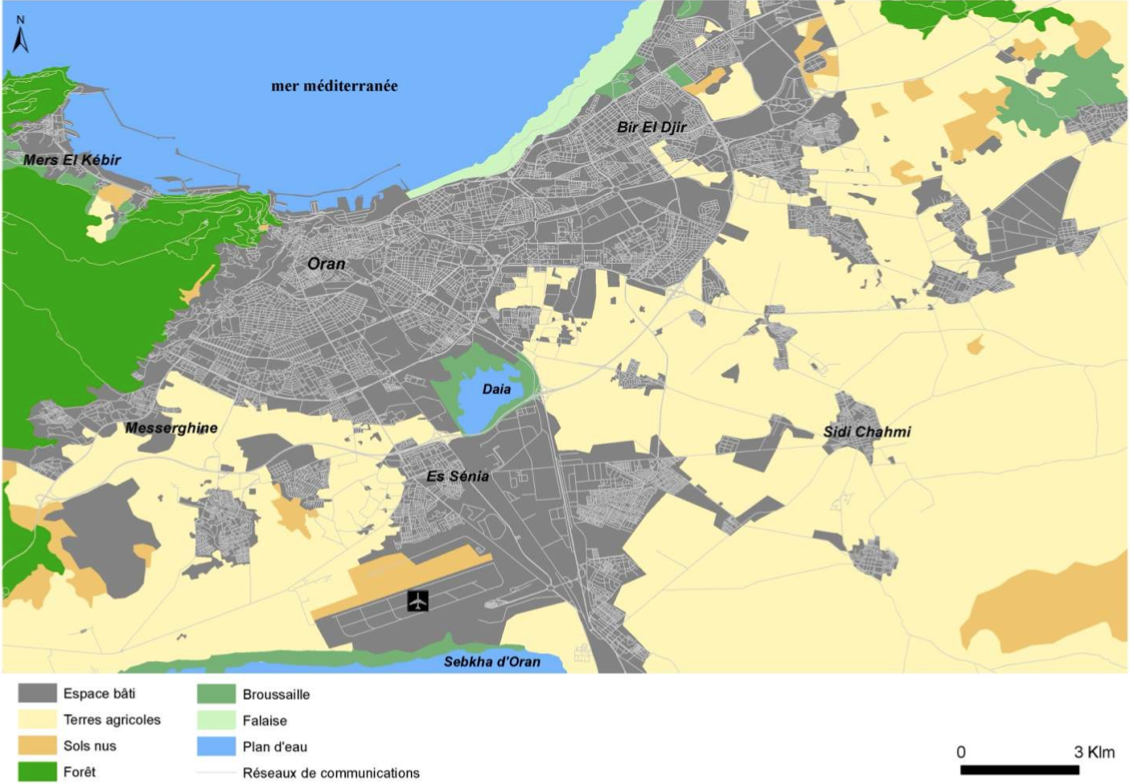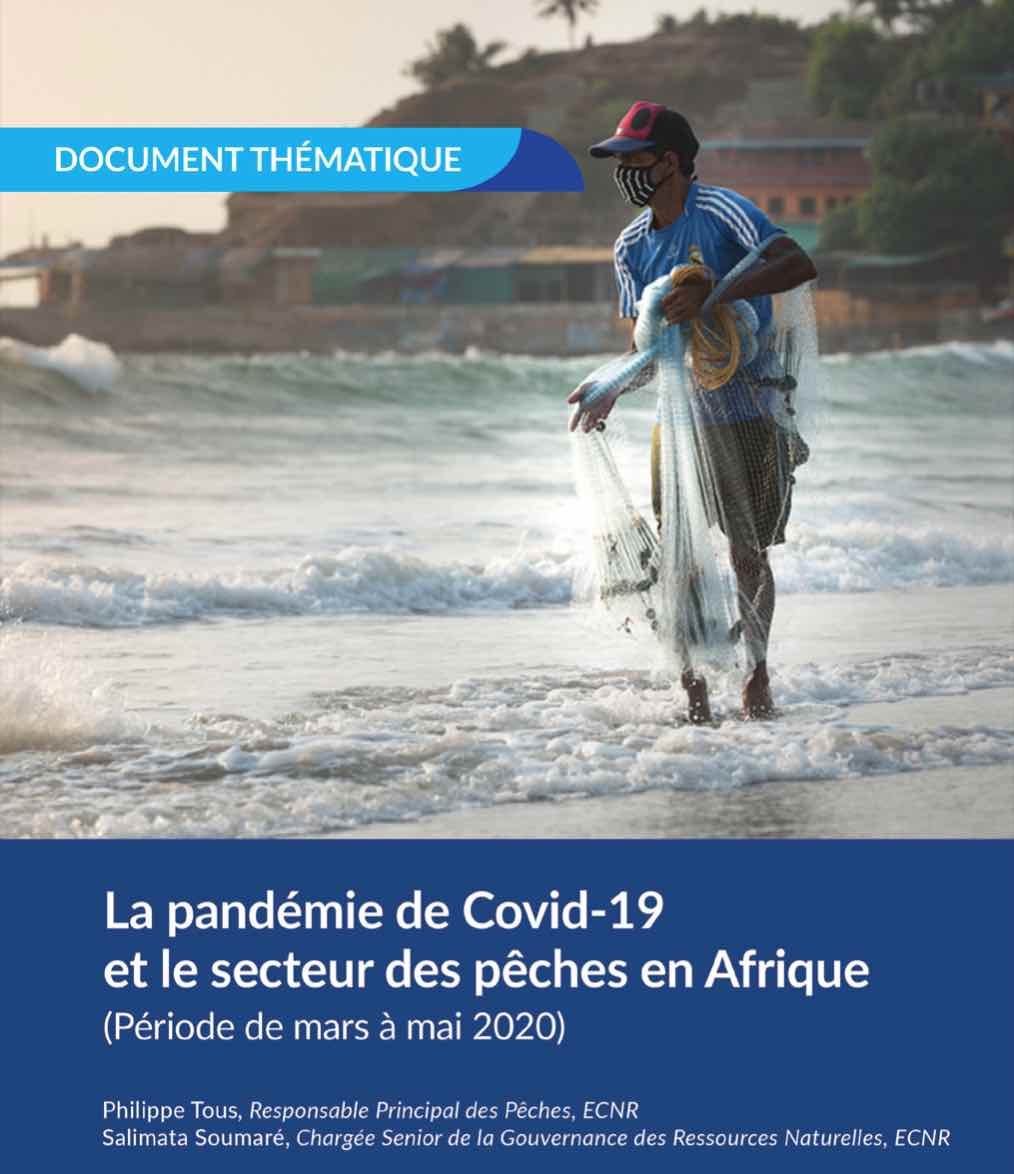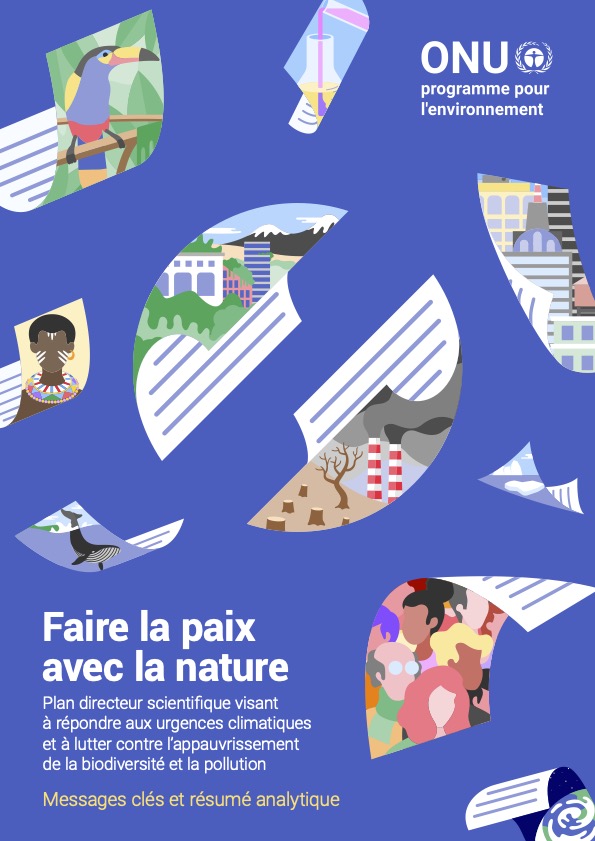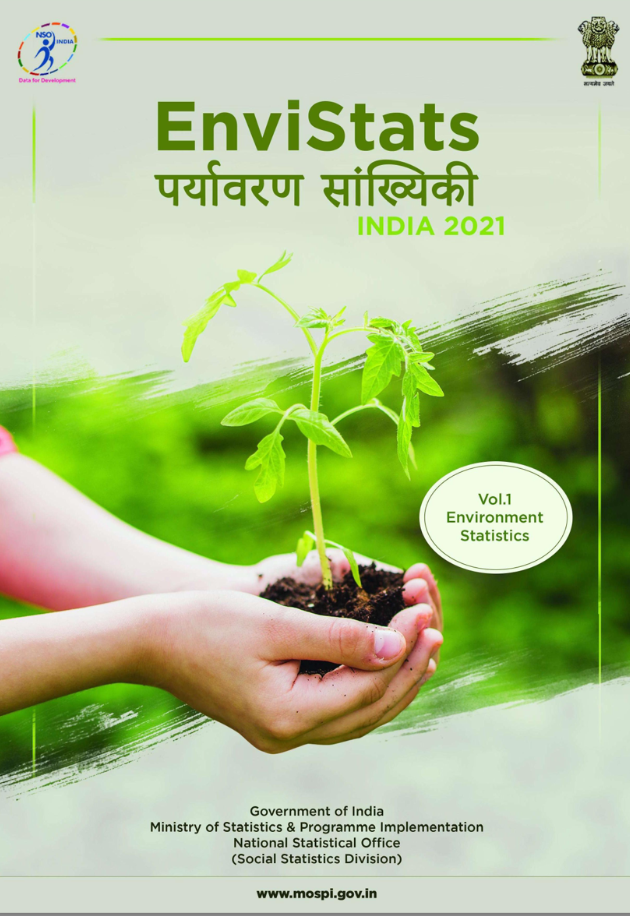Evolutionary Overview and Prediction of Themes in the Field of Land Degradation
Land degradation has become one of the major global environmental problems threatening human well-being. Whether degraded land can be restored has a profound effect on the achievement of the 2030 UN Sustainable Development Goals. Therefore, the ways by which to identify the current research status and potential research topics in the massive scientific literature data in the field of land degradation is a crucial issue for scientific research institutions in various countries.







